Fiona Chorlton-Voong
In the past few years, we’ve seen more and more professionals reinventing themselves, spinning up side hustles and launching portfolio careers. These changes require storytelling, and the people that stand out do so because they differentiate themselves; they put their story and passions at the heart of eveything they do and they build their personal brand on the back of it.
And they know that an effective personal brand is so much more than a logo and pretty colour scheme.
So how can you build a personal brand that reflects how unique and valuable your work truly is? And how do you make sure people remember you?
It’s an iterative process. Start with your story. End with the ‘assets’. Reflect and tweak as needed. Over time you’ll craft a personal brand that inspires others to want to work with you and really gets your name out there.
But first, why do you need a personal brand?
Research shows that people need at least seven interactions with a brand before they’re likely to buy from them. The same goes for portfolio professionals. ‘Cold selling’ to strangers isn’t the most productive use of your time. Instead, you should be nurturing your potential clients and collaborators by sharing your story and getting them to understand you and your potential value (in a non-salesy way). That way, they like the idea of working with you even before there is a project to discuss.
People buy based on emotion and justify based on logic. In fact, 95% of purchasing decisions are made subconsciously. So if you can get your audience to connect with you on a subconscious level, you’re laying the groundwork for success.
In other words, your personal brand is an essential foundation for your career. A good brand:

Creates awareness of your knowledge, skills and passions
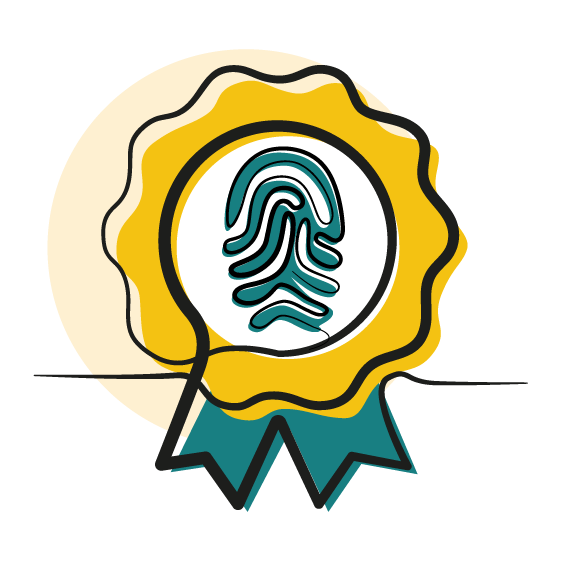
Showcases your authenticity

Increases your confidence
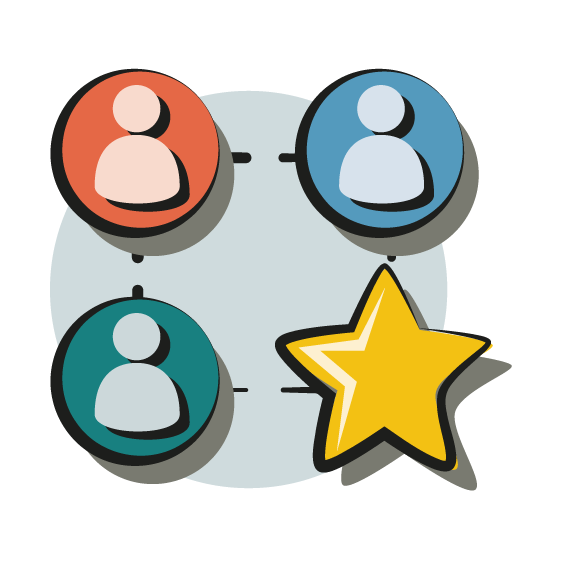
Differentiates you from your competition

Builds credibility and trust

Attracts customers to you
It’s what people think about when they hear your name. Or, as Jeff Bezos so famously put it:
“Your brand is what other people say about you when you’re not in the room.”

Jeff Bezos
Unfortunately, this isn’t a simple process, but it’s a necessary one, and getting it right will transform the way you run your business. Let’s take a look at the five key stages of building your personal brand:
Step 1: Uncover your unique story
All brands have a story. The best brands capitalise on that story. It’s a way to communicate with your audience and show that there’s a sense of purpose behind what you do beyond just making money.
And it’s a way to form a genuine connection between yourself and the customers you want to reach. In other words, your story is how you show your authentic self, and nothing resonates with audiences like authenticity.
Then, of course, there’s the passion element. People who bring passion into their work have a remarkable advantage because that type of enthusiasm is contagious. Finding and increasing your passion will affect your relationships (both personally and professionally), and really thinking about your story is a great way to pinpoint and articulate that.
The fact of the matter is that people want to buy from brands that they know, like and trust. If you don’t embed your personality into what you do, you’re likely to be forgotten.
So let’s break down how to go about understanding and crafting your personal brand story.
Always start with the Why
When most people pitch themselves, they open with the what (i.e. what they offer). Then they go on to explain how they do things and they might finish off with the why behind it all. The problem with that scenario is that it’s completely backwards. You should always start with your Why.
According to management expert Simon Sinek, we respond best when messages communicate with the parts of our brains that control emotions, behaviour and decision-making. In other words, we want to know that your purpose resonates and aligns with our own values and beliefs. This is the logic behind Sinek’s concept of The Golden Circle (illustrated below).
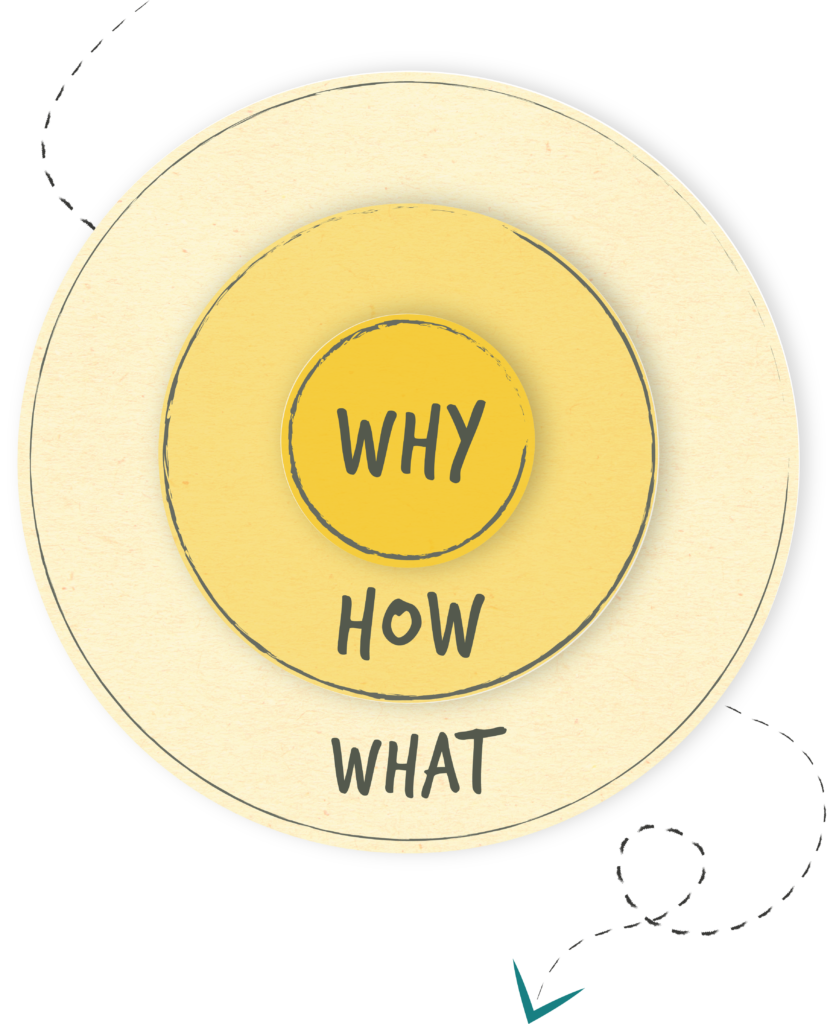
“Very few people or companies can clearly articulate WHY they do WHAT they do. People don’t buy WHAT you do, they buy WHY you do it.”

Simon Sinek
Start by asking yourself:
- What am I passionate about?
- Why do I do what I do?
- What is my reason for getting out of bed in the morning?
- What problem am I trying to solve and who am I hoping to help?
Then give your story a structure
Was there a particular moment that inspired you to launch your business or have you always been passionate about what you do? Either way, it helps to create a structure that allows your audience to follow your story and engage.
Here are a few basics to keep in mind:
- All good stories have a beginning, middle and end
- Your story should include a hero (most likely you), a problem and a resolution (i.e. your services/ offerings)
- Always prioritise authenticity, be relatable and use emotions
- Keep it simple, impactful and detailed
From there, you can craft your mission and Why statement
A mission statement is all about identifying your core values and connecting that with what you offer – and you only have a few words to get this right.
A lot of brands focus too much on the inspirational aspect of their mission statement and end up creating something that’s ambiguous and difficult to decipher. So before you start to write your own, consider the following: the verbs you use, the people you focus on and the outcome you want to influence.
Verb: What can you do better than anyone else? What are you hoping to achieve through your work?
People: Who are your most important customers? What demographics are you focusing on?
Outcome: What would the world look like if everyone benefited from what you do?
Here are a few examples of mission statements from famous brands:
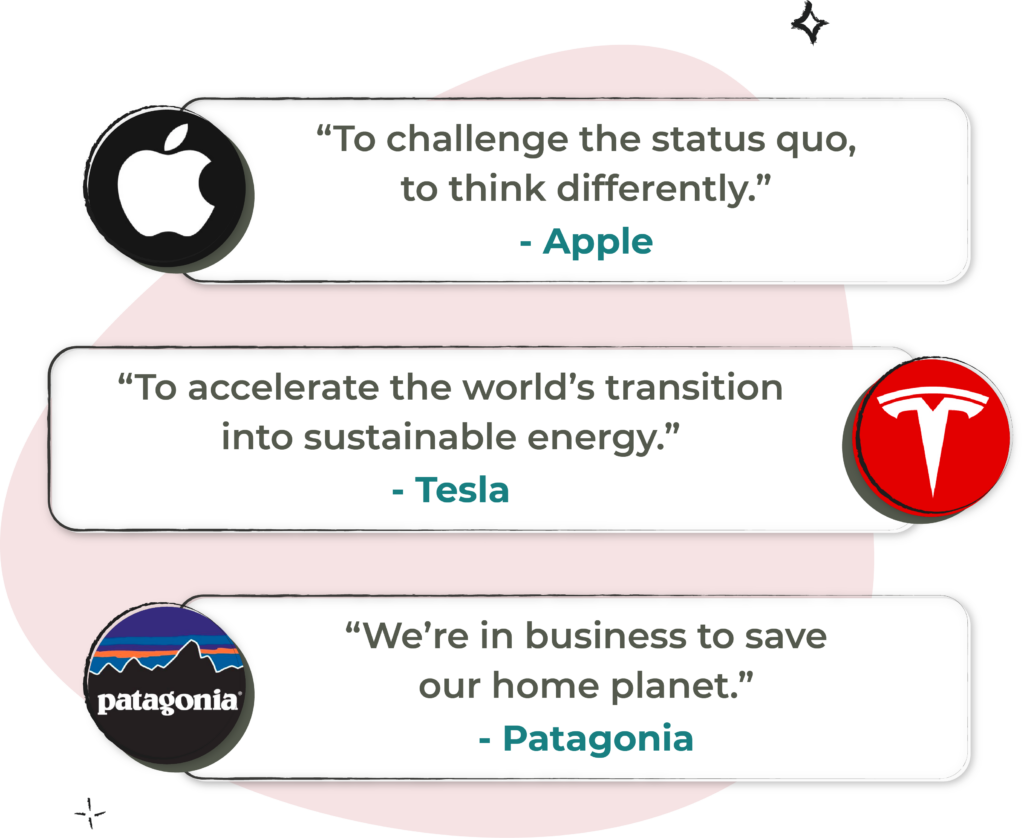
Your Why statement is similar, but should be treated as a separate entity. If your story is your journey, think of your Why as your destination. The impact of telling your personal brand story should trickle down to one sentence that is short, actionable and focuses on how you will positively impact others.
It helps to start with a simple structure like this:
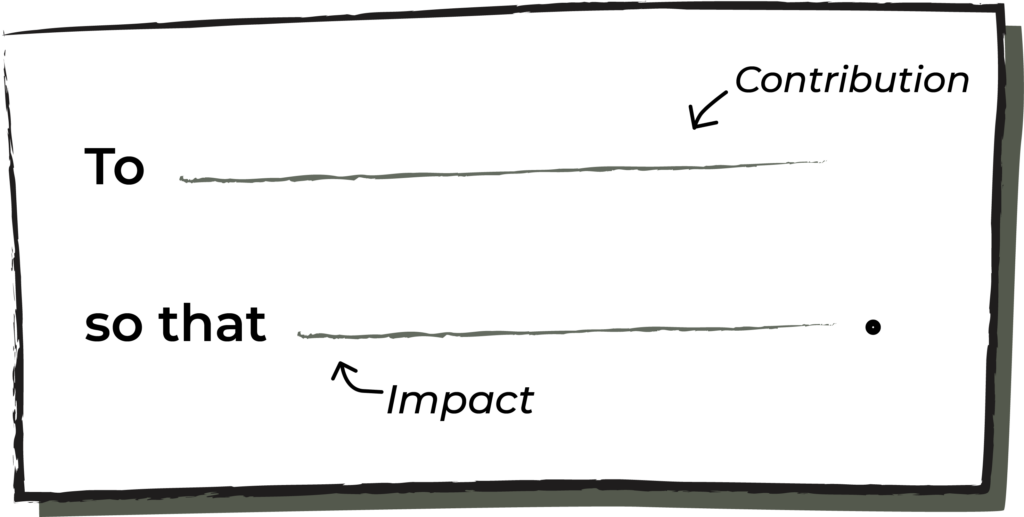
Here are a few examples of Why statements from famous brands:
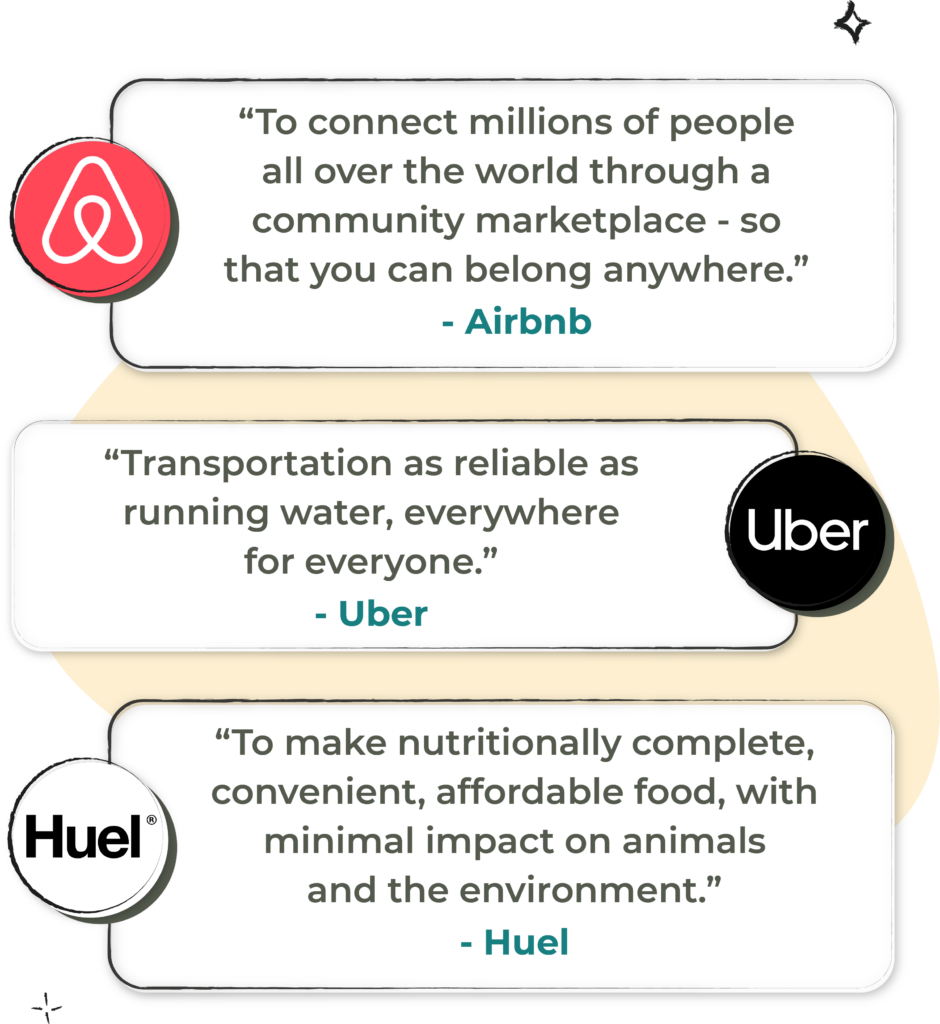
Now that you’ve put the work in and defined your story, mission and why, you’re ready to start thinking about reaching the right customers.
Step 2: Define your audience
One of the biggest mistakes you can make is assuming that you have to appeal to the widest demographic possible. Not everyone is going to empathise with your brand, and that’s okay. In fact, that’s a good thing because it means what you’re doing is unique and thought provoking.
So really think about your target audience and how your brand will resonate specifically with them. This will then become the foundation for your marketing strategy, shaping things like:
- Your brand’s voice, tone and personality
- Where you should build your online presence
- Which conversations you should contribute to
It helps to build a physical picture of who your ideal customer is with a set of buyer personas. These are avatars or descriptions of your customer types based on research, data and what you already know about your existing clients.
Buyer personas are fundamental in helping you to understand exactly what your target clients are looking for. Different people need different things, so understanding your ideal customer’s expectations, pain points and overall desires not only supports you in shaping your products and services but also helps you connect and empathise with your audience.
When building your own personas you should consider:

Demographic data
- How old are your target clients?
- What industry do they work in?
- How senior are they in their career?
- Where do they live?
- What’s their relationship status?

Behavioural patterns
- What social platforms do they use?
- How do they consume their news?
- How frequently do they look on social media?
- How do they learn about new products and services?
- What’s their preferred method of communication?

Motivations and goals
- What values do they hold?
- What motivates them to get up in the morning?
- Where do they see themselves in 5 years time?
- How do they want to be perceived by others?
- How would they describe themselves?

Challenges
- What is the most frustrating part of their job?
- What might stop them from purchasing a product/service?
- What keeps them up at night?
- What holds them back in their career?
- What would they want to improve about themselves?
Other questions to ask yourself during this process include:
- Where do my ideal customers hang out online and offline?
- How do they like to communicate?
- What are they passionate about?
There are plenty of tactics you can use to really delve into the mindset of your customer, but let’s face it, you’re not a big corporation with tons of money to spend on consumer research. So start by seeing what people are talking about on social media and find communities that align with what you do – you’ll be amazed by how quickly platform algorithms connect you with more useful content and like-minded people.
Then, speak directly to your current and past customers (and colleagues) to learn what resonates with them and why they decided to work with you.
When it comes to building your buyer personas, there are lots of free resources online and templates you can work with, including our own Portfolio professional guide to building buyer personas.

Step 3: Develop your brand identity
We’ve talked quite a bit about your story and how that shapes the work you do. Now it’s time to take what you’ve learned and create a tangible brand identity that permeates across everything you do. It helps if you think of this as your overarching personality, and it’s something that should be consistent across all your communication and marketing.
This covers things like:
- Brand voice
- Tone and style
- Messaging and communication
- Professional interactions and behaviour
Having a strong brand identity is essential in building lasting relationships with your customers. If they feel that they share the same values as you, there’s a stronger sense of trust and loyalty at play.
According to behavioural psychologist Jennifer Aaker, there are five dimensions to a person’s personality, all of which can apply to a brand identity, voice, tone and style:
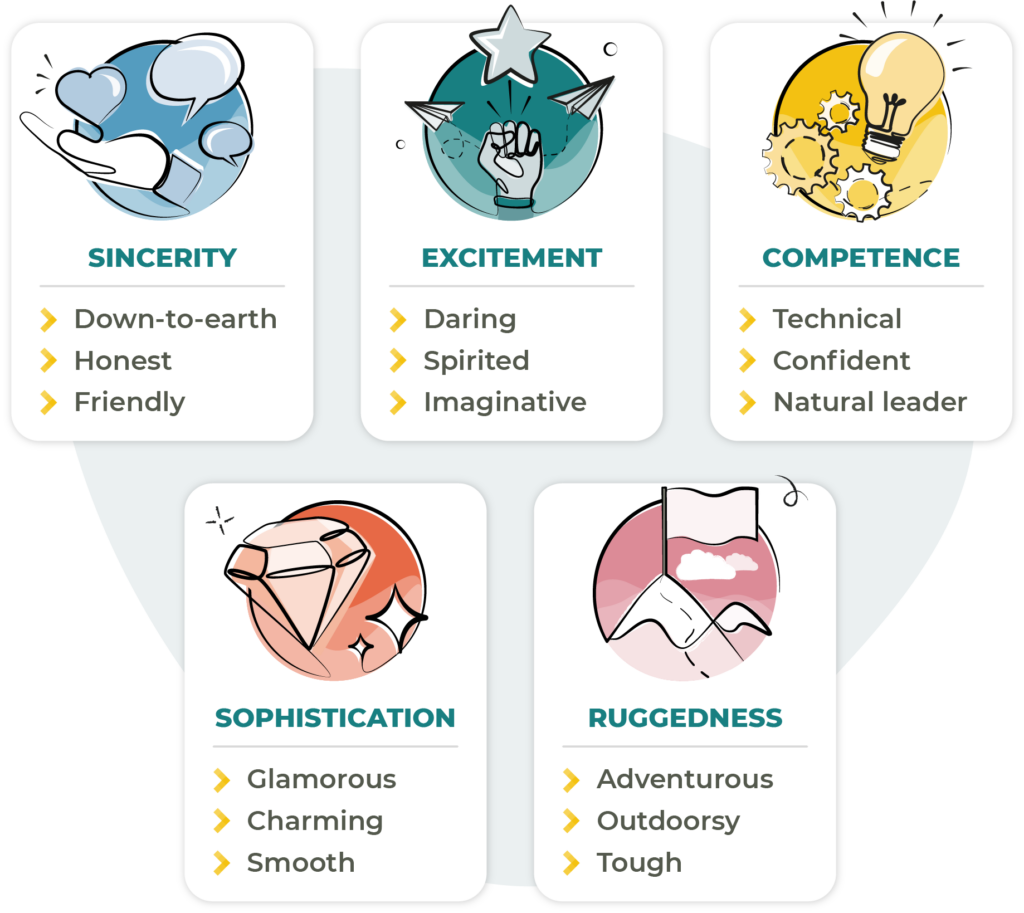
People want to be heard and feel like their problems are understood in a way that’s relevant, empathetic and human. So really think about how you can do that with the tone and style of your communication. Your values, spirit, outlook, temperament and disposition all shape your overall brand tone and voice. That, in turn, influences your professional actions and interactions. Everything you do is a reflection of you and your brand, which is why it’s so important to be consistent.
Thinking of your brand as a practical expression of your personality, ask yourself:
- How do I want to express my professional identity?
- How do I want to behave in customer interactions both virtually and in real life?
- What words will I use in my messaging, marketing and general communications?
- Do I want to use a more conversational tone or something a bit more formal?
- How will I ensure that everything I say and do is consistent?
As an independent professional, you have more freedom to let your quirks shine through your brand identity. In fact, we encourage it because it’s part of distinguishing yourself and building your brand personality.
Step 4: Get your story out there
Next, think about how you’re going to get your story out there. Via posts on social media, 1:1 video calls, face-to-face conversations, networking events, thought leadership articles and podcasts, there are so many ways to tell your story.
Getting your brand out there is all about establishing yourself as a thought leader and as an active voice in your industry. The more you involve yourself in conversations with different collaborators, leaders, investors, networks and communities, the more familiar people become with your brand and values – and the more credible you become as an expert in your field.

Simply having conversations with people is a great way to build your personal brand and find new clients. People buy based on emotion, and they also recommend and refer in the same way. If you’ve connected with another individual through sharing your story they’re far more likely to remember and recommend you to others, over someone who sent them a generic LinkedIn message.
This doesn’t mean that social media can’t be an effective way to get your story out there. In fact, social media can be a great way to connect with other independent professionals and paid opportunities. Platforms such as LinkedIn and The Portfolio Collective are perfect for sparking collaborations and building a public profile that showcases all the amazing work you’ve done and the projects you have in the pipeline.
Here are a few basics you’ll want to cover when pushing your brand online:



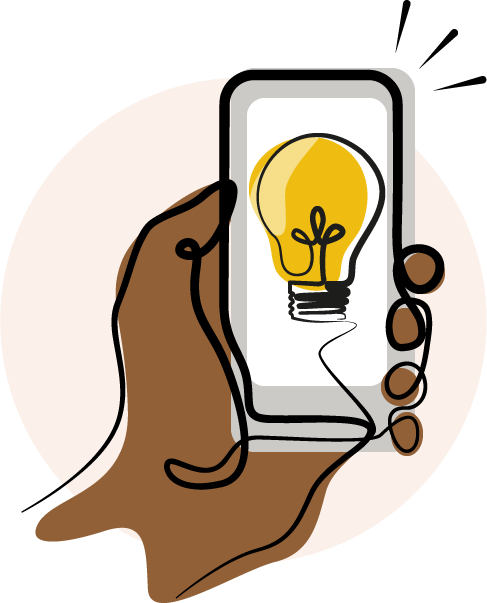
Put some real time and thought into your professional profiles on LinkedIn and The Portfolio Collective – that way, you can be discovered and understood by others.
Comment on other influencers’ posts that are in your niche.
Make at least one meaningful new connection a day.
Regularly post something authentic and thought provoking that conveys your passions and showcases your expertise.

Put some real time and thought into your professional profiles on LinkedIn and The Portfolio Collective – that way, you can discover people with similar interests.

Comment on other influencers’ posts that are in your niche.

Make at least one meaningful new connection a day.

Regularly post something authentic and thought provoking that conveys your passions and showcases your expertise.
Don’t be afraid to reach out to others for a chat, share your thoughts on LinkedIn or grow your network. It’s all part of building up your brand visibility, shaping your expertise and letting people know your knowledge, skills and passions.
Step 5: Create your supporting brand elements
Now that you’ve crafted your brand story and figured out who you want to target your services to, it’s important that you create the rest of your brand elements. Building a brand is a truly iterative process and one that needs consistent input to remain reflective of your values and mission.
Find your audience
We previously discussed defining your audience, but now it’s time to actually find and connect with them. One great way to do this is by joining communities. If you’re a seasoned product leader looking to support startups with their product roadmaps, it makes sense that you would join communities like The Portfolio Collective (where there are lots of founders) to build relationships and grow your network. We’re not suggesting hard-selling to people you don’t know, but having conversations and being present in communities is a great way to start finding your audience.
It’s important to remember that you don’t need to reinvent the wheel. List out five individuals or organisations you aspire to be like and see who follows them on social media, as well as who they’re following and interacting with. There will more than likely to be some crossover with their fanbase and the audience you’re trying to connect with, so save yourself some time and get following! From there make an effort to interact with their content, it will build up the touch points you will have with them. Finally, build content that your audience will interact with – that way you’ll build awareness and establish yourself within your chosen industry.

Establish your brand voice
Establishing your brand voice can be tricky and it’s something that often takes a little bit of trial and error to get right. Let’s use The Portfolio Collective as an example. As well as our brand voice evolving as we grow, it also shifts depending on who we’re talking to or where we’re posting. For example, the voice we use for articles is more formal than the tone of voice we use when we post on our socials – and even then our voice changes slightly depending on the social media platform we’re using.
The only way you’ll truly find your authentic brand voice is through using it. Practice makes perfect and you’ll soon figure out not only what your audience resonates best with, but also how you feel most comfortable interacting.
Things to remember:

Embody your brand voice on social media
Your brand voice isn’t solely for your posts. Any comment, share or interaction on social media should be consistent with your brand voice.
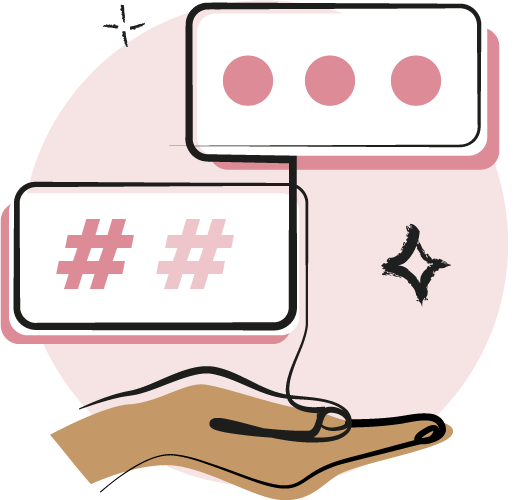
Have a few key words or phrases in your arsenal
A few words or phrases that add colour to your brand and help bring your story to life are key when creating a consistent brand voice.
It’s okay to do some A-B testing
There’s no point sticking to a brand voice that’s not working for you. Play around with slightly different messaging and see which gets the best response rate and leads to the most interesting conversations.

Be authentic
Having an authentic story that your audience can connect with and relate to is so important if you want to stand out from the competition and be remembered. Your quirks are what make you unique, so embrace them.
Visual identity
You’d be amazed by how many people start by building out the visual side of their brand and think about the story and identity later. The problem with that process is that there’s no substance behind the visuals you create. You need to know your story in order to create a logo that really means something, which is why the visual side of your brand should always be the last thing you think about.
There are four visual branding elements that every portfolio professional needs, and they should all fit seamlessly into your brand identity:
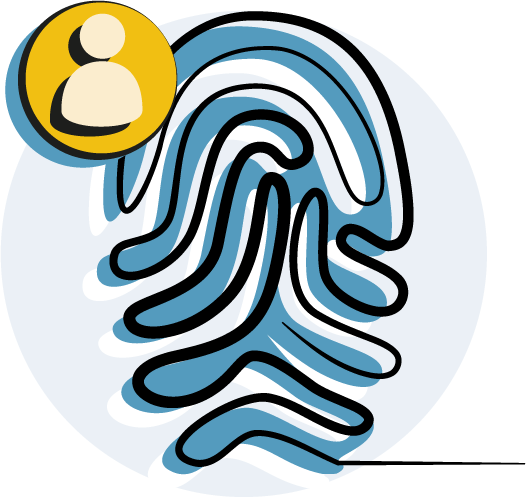
A logo
Your logo is your brand personality summarised into an easy-to-recognise image. It needs to convey a message about who you are and what you stand for.
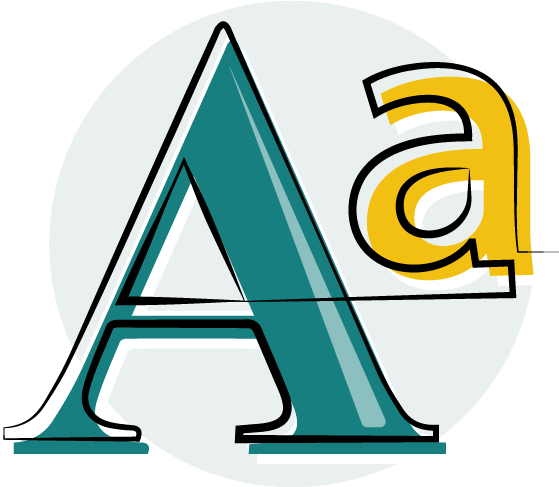
Fonts
Fonts are visual and should complement your brand personality and values. You should also make sure that they’re accessible and easy to read.

Imagery
Think strategically about the imagery you use. Avoid cheesy stock images on your website - we recommend using either Unsplash or Pixabay to find good quality images.
Ready to build a one-of-a-kind personal brand?
No one ever said this was a quick process – but if you do it right, it will drive your business and connect you with the right clients. So do your research, really think about what motivates you and make something unique that people won’t soon forget.
If you need a bit of help getting started, feel free to join our Uncovering your personal brand story masterclass or post for advice in our community – there’s sure to be someone who would love to help you out!
Think this sounds like the right path for you? Come along to our monthly Community Welcome Call for new members to find out what a portfolio career could look like and how The Portfolio Collective can help you take those first steps towards professional success – and don’t forget to connect with our community!


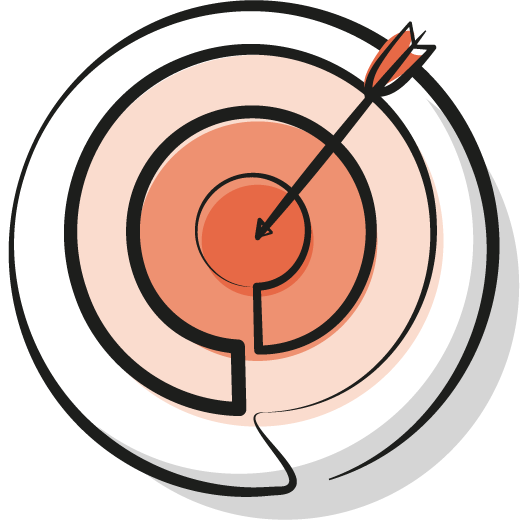
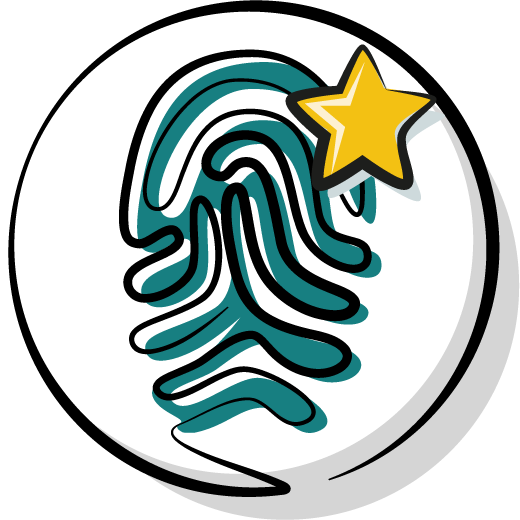






One response to “How to build an effective (and memorable) personal brand”
Great post